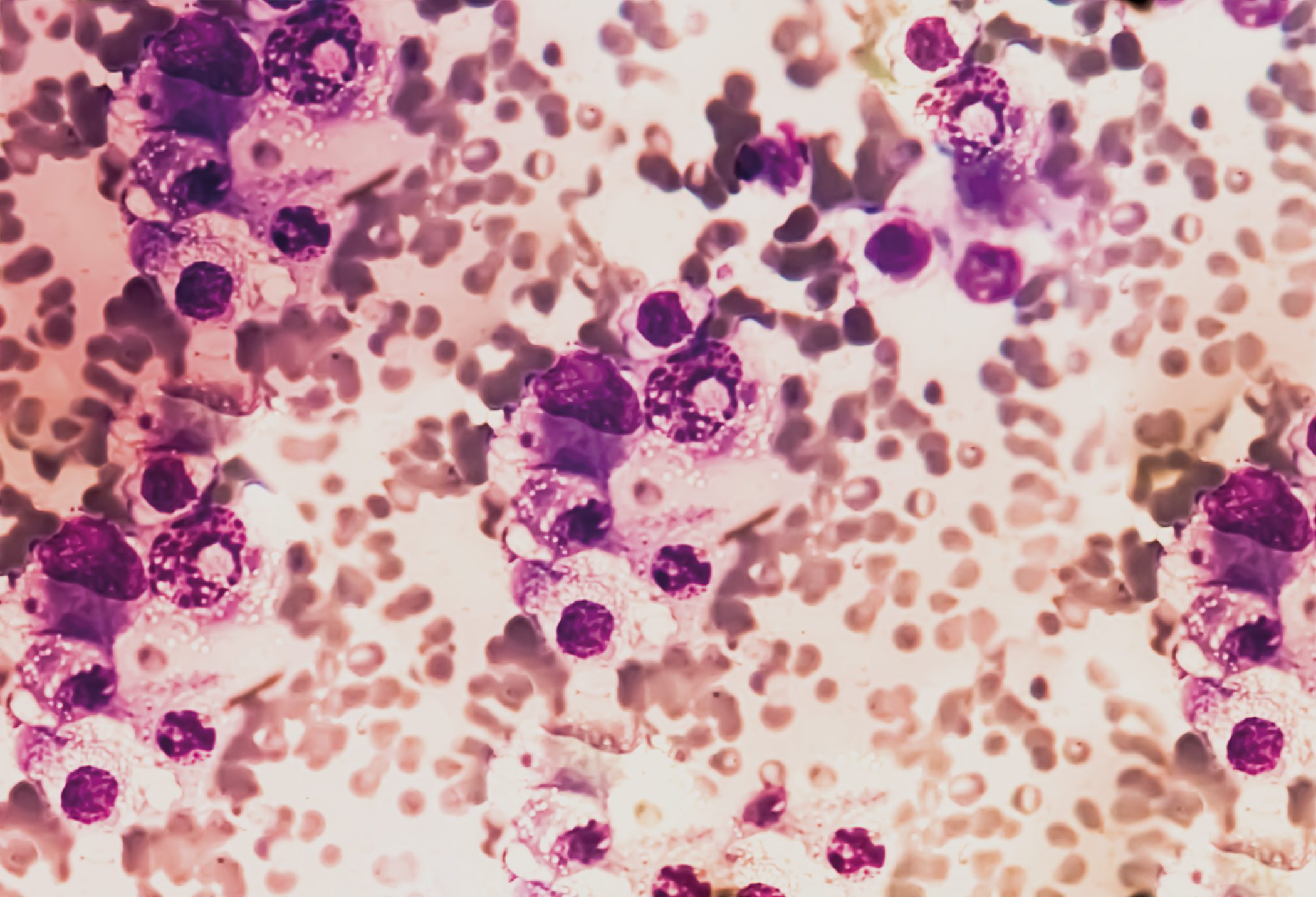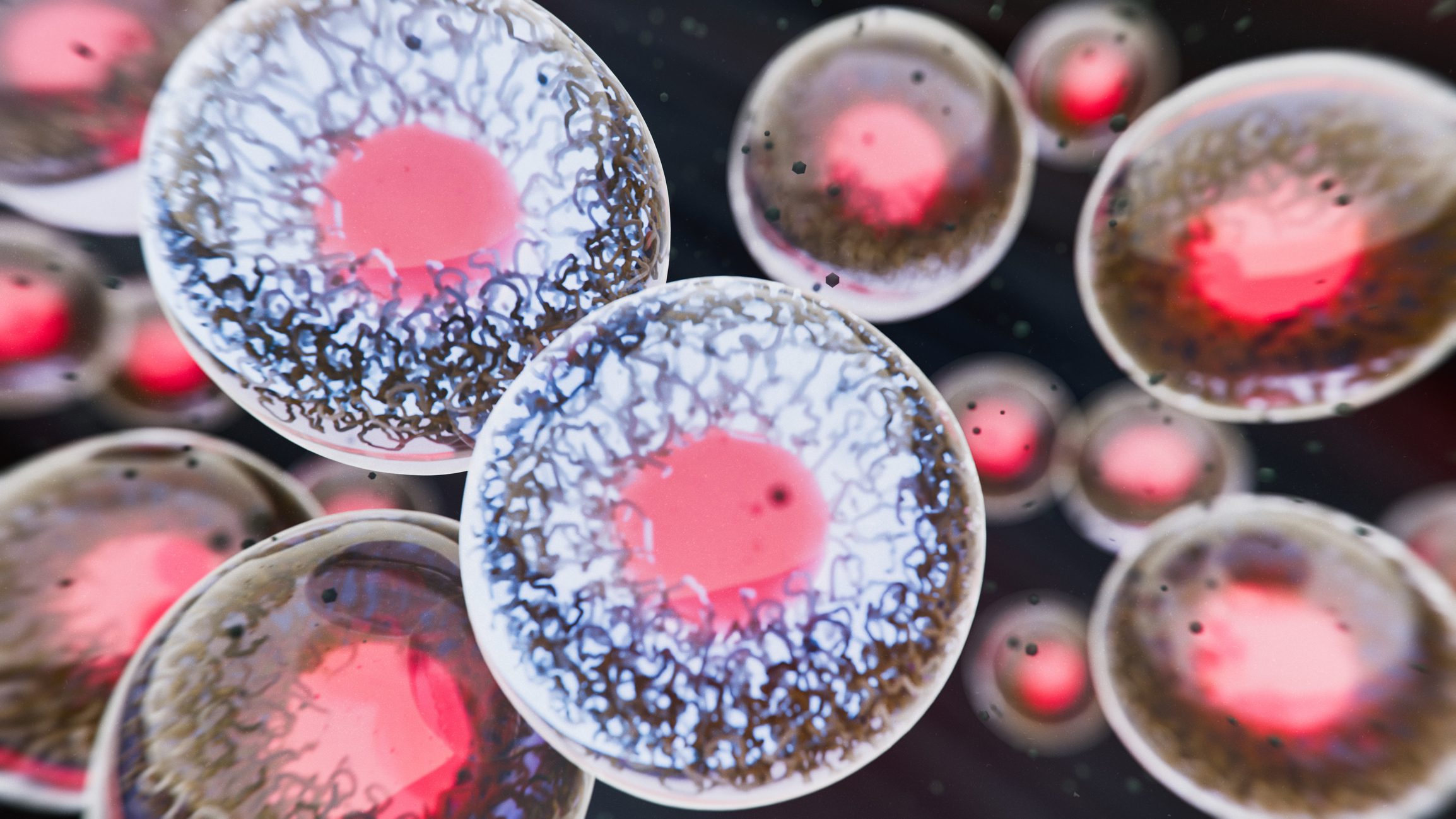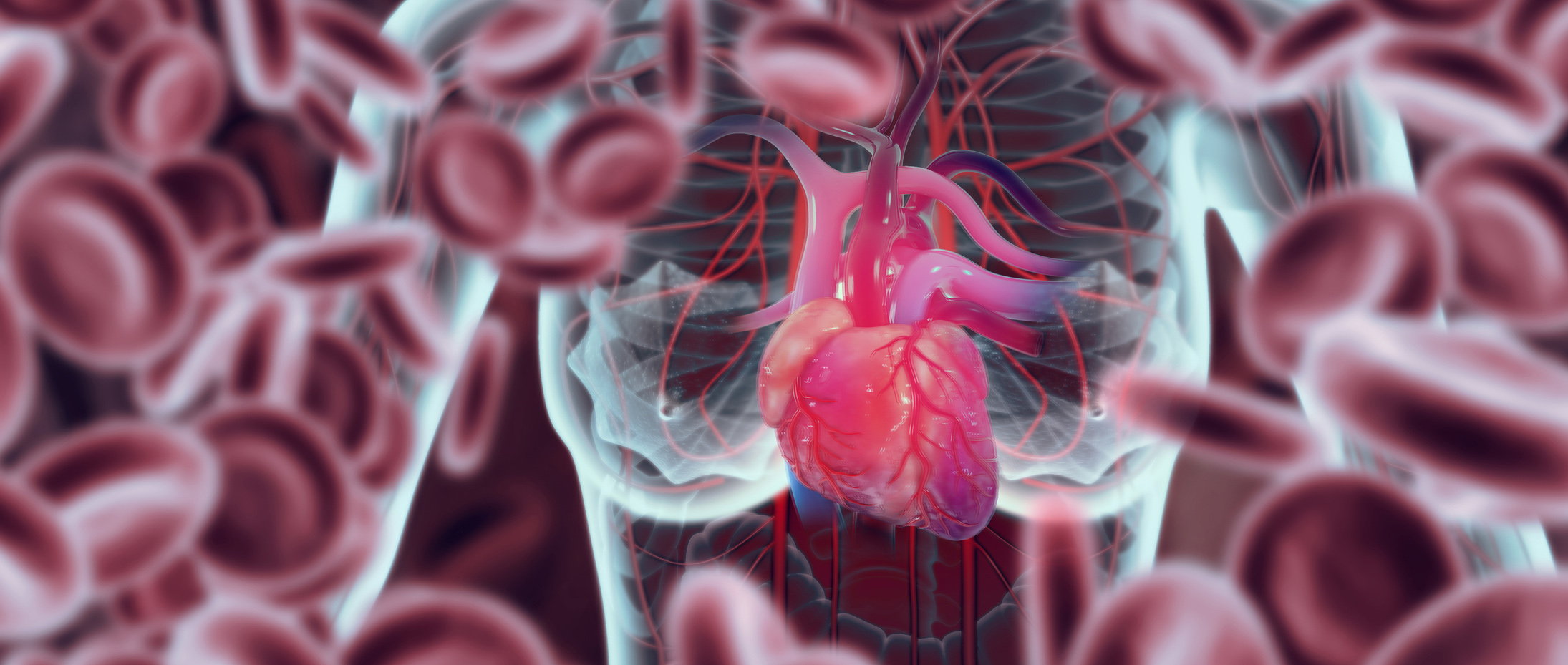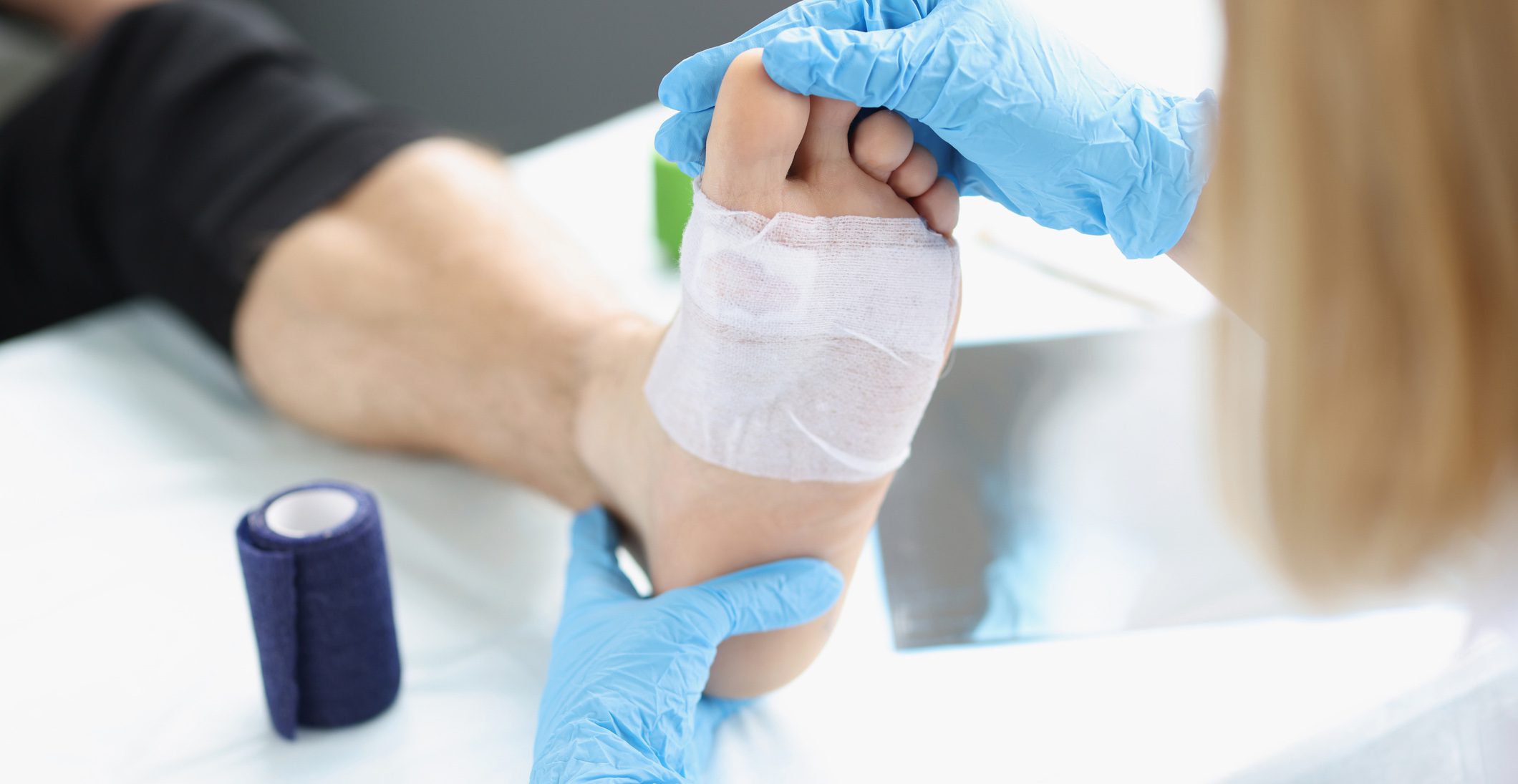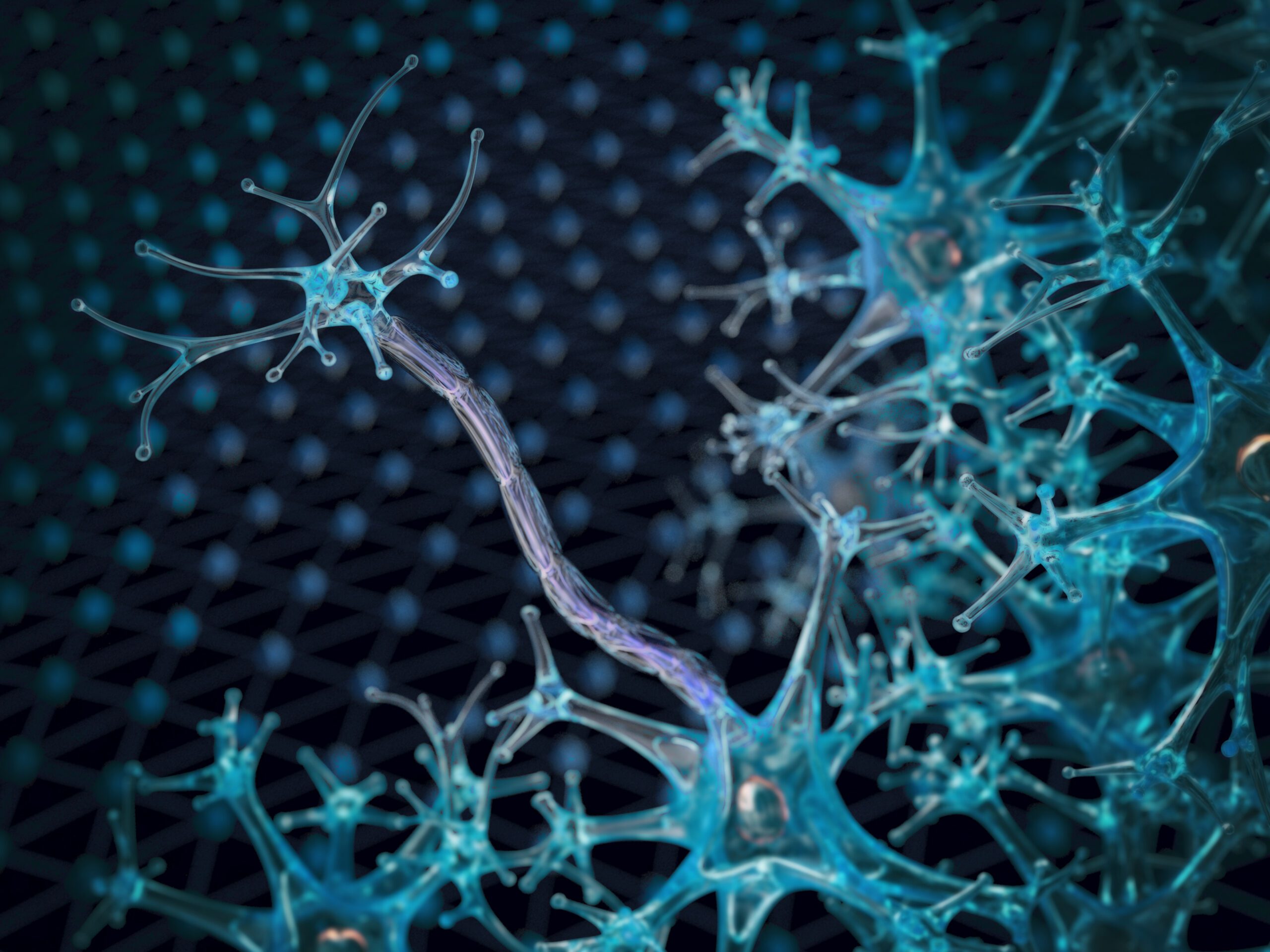Actinic keratosis (AK) is a premalignant lesion that is common in the fair-skinned population. In the U.S., cryotherapy is most commonly used to address the individual lesions. In addition, other local ablative procedures exist. In many, recurrence rates are high and scarring may be imminent.
Background
Treatments targeting entire fields of sun-damaged skin include imiquimod, fluorouracil, diclofenac, and photodynamic therapy. Disadvantages of these self-applied topical cures are long treatment duration and persistent local reactions, which exert a negative influence on adherence. Preclinical studies show that ingenol mebutate can remedy this situation. It triggers rapid and direct cell death and induces immune responses mediated by specific activation of the protein kinase C delta. The present studies are designed to evaluate the efficacy and safety of ingenol mebutate gel.
Aim of the study
Investigate efficacy and safety of ingenol mebutate compared to placebo.
Inclusion criteria
- Age at least 18 years
- Four to eight clinically typical, visible and discrete actinic keratoses on a contiguous field of 25 cm2 on the face, scalp, trunk or extremities
- Women of childbearing age had to use effective contraceptives.
- Exclusion criteria
- Target area of treatment is in the vicinity (5 cm) of an incompletely healed wound, or close (10 cm) to a probable basal cell or squamous cell carcinoma.
- Previous treatment with ingenol mebutate gel
- Target area of treatment includes hypertrophic and hyperkeratotic lesions, cornu cutaneum, or lesions that have not responded to prior repeated cryotherapy.
- Recent use of medications or use of other treatments that could affect the evaluation of the target area, e.g., topical, cytotoxic or immunosuppressive medications, artificial tanners, immunomodulating agents, phototherapy with UVB, oral retinoids.
Study design
Four multicenter, randomized, parallel-group, double-blind, vehicle-controlled trials.
Study groups
- Pannel with AK on face or scalp: self-applied treatment 1x/d for three consecutive days with ingenol mebutate gel (0.015%) or vehicle gel (placebo) on a contiguous skin area of 25 cm2. A total of 547 patients participated here. 277 were randomized to the ingenol mebutate group, 270 to the placebo group.
- Pannel with AK on trunk or extremities: self-applied treatment 1×/d for two consecutive days with ingenol mebutate gel (0.05%) or vehicle gel (placebo) on a contiguous skin area of 25 cm2. A total of 458 patients participated here. 226 were randomized to the ingenol mebutate group, 232 to the placebo group.
Measurement methods
- Safety testing on days 3 (trunk/extremities group), 4 (face, scalp group), 8, 15, 29, and 57.
- Effectiveness testing at baseline and day 57.
- In the two studies that investigated lesions on the face and scalp, and in one of the two studies that investigated lesions on the trunk and extremities, patients with complete clearance were followed for an additional 12 months to elicit duration of response and potential side effects.
- The primary efficacy endpoint was complete clearance of all clinically visible actinic keratoses in the target treatment area at day 57.
- The secondary efficacy endpoint was partial clearance, defined as a reduction of clinically visible actinic keratoses by ≥75% in the target treatment area at day 57.
- An additional secondary efficacy endpoint was the percent change in all actinic keratoses since baseline.
- Safety endpoints included side effects, local reactions (evaluated using a predefined, objectified scale), pigmentation, and scarring in the treatment field.
Results
- All patients self-identified as white, and the majority had Fitzpatrick skin type I or II. The treatment and placebo groups did not differ significantly with respect to geographic location, age, sex, skin type, number of lesions, presence/absence of prior skin cancer, or use/non-use of other therapies.
- The average age was 65.1 years.
- Approximately half (44.4-53.5%) of patients in all study groups had a history of skin cancer.
- More than 75% had already been treated with cryotherapy, and a smaller number with imiquimod or topical fluorouracil.
- Pannel with AK in the face or scalp: three patients discontinued ingenol mebutate therapy, one had side effects (burning sensation, eye pain, periorbital edema). 269 of the remaining 274 patients followed the 3-day dose regimen. Eight patients discontinued placebo treatment. All remaining followed the 3-day dose regimen here.
– Efficacy: 42.2% of patients in the ingenol mebutate group experienced complete clearance of actinic keratoses in the treatment area at day 57, compared with 3.7% in the placebo group (p<0.001). The values for partial clearance were 63.9% resp. 7.4% (p<0.001). With ingenol mebutate, a median reduction of 83% resp. 0% achieved. In the 108 patients followed up, an average of 87.2% of all lesions remained healed even after 12 months.
– Safety: The mean maximum summarized local skin response was 9.1±4.1 in ingenol mebutate patients, compared with 1.8±1.6 in the placebo group. More than two-thirds (69.7%) of patients treated with ingenol mebutate had a local skin response ≥3 for erythema, compared with only 2.2% in the placebo group. A minority in the first group had a score of ≥3 for peeling, scaling, crusting, swelling, vesiculation or pustulation, erosion, or ulceration. There was minimal change in pigmentation and minimal scarring in both study groups. The most common adverse reactions to ingenol mebutate were pain (13.9%), pruritus (8.0%), and irritation (1.8%) at the treatment site. Serious adverse events were not observed in association with treatment.Pannel with AK at the trunk or extremities:Six patients discontinued ingenol mebutate therapy, and two had adverse events (cervical fractures and exacerbations of spondylo-stenosis, both of which were not considered associated with treatment). 222 of the remaining 225 patients followed the 2-day dose regimen. Five patients discontinued placebo treatment. All remaining followed the 2-day dose regimen here.
- Pannel with AK at the trunk or extremities: six patients discontinued ingenol mebutate therapy, and two had adverse events (cervical fractures and exacerbations of spondylo stenosis, both of which were not considered associated with treatment). 222 of the remaining 225 patients followed the 2-day dose regimen. Five patients discontinued placebo treatment. All remaining followed the 2-day dose regimen here.
– Efficacy: 34.1% of patients in the ingenol mebutate group experienced complete clearance of actinic keratoses in the treatment area at day 57, compared with 4.7% in the placebo group (p<0.001). The values for partial clearance were 49.1% resp. 6.9% (p<0.001). With ingenol mebutate, a median reduction of 75% resp. 0% achieved. In the 38 patients followed up, an average of 85.1% of all lesions remained healed even after 12 months.
– Safety: The mean maximum summarized local skin response was 6.8±3.5 in ingenol mebutate patients, compared with 1.6±1.5 in the placebo group. The majority of patients treated with ingenol mebutate had a local skin response ≥2 for erythema, peeling, and scaling and ≥1 for crusting and swelling. Vesiculations or pustulations of any severity occurred in 43.6%, and erosions or ulcerations in 25.8% of ingenol mebutate patients. There was minimal change in pigmentation and minimal scarring in both study groups. The most common adverse reactions to ingenol mebutate were pruritus (8.4%), irritation (3.6%), and pain (2.2%) at the treatment site. Serious side effects were not observed in connection with the treatment.
Discussion and conclusion
Topical treatment of actinic keratosis is successful when it is effective, safe, and comfortable to use. The present studies demonstrated the efficacy of ingenol mebutate at the 0.015% concentration during three consecutive days for the face and scalp, and at the 0.05% concentration during two consecutive days for the trunk or extremities.
For years, other procedures using diclofenac, imiquimod, fluorouracil, or cryotherapy have been known and successfully used. Ingenol mebutate offers the great advantage of equal efficacy with very short treatment duration (2 or 3 days). On the one hand, this leads to relatively fast resolutions of local reactions. On the face and scalp, the maximum expression of such reactions was seen after four days, with rapid regression by day 15. On the other hand, the short duration of treatment results in very high adherence compared to other topical therapies, some of which last one to four months.
Limitations of the study were, first, the blinding by local responses, which could not be fully sustained. Secondly, the treatment was limited to a target area of 25 cm2. Third, treatment repetition and adjunctive therapies were also limited. Future studies should examine the benefit of more extensive and combined or multiple treatments at the same sites.
Source: Lebwohl M, et al: Ingenol Mebutate Gel for Actinic Keratosis. N Engl J Med 2012; 366: 1010-1019.
DERMATOLOGIE PRAXIS 2013; (23)6: 28-29







